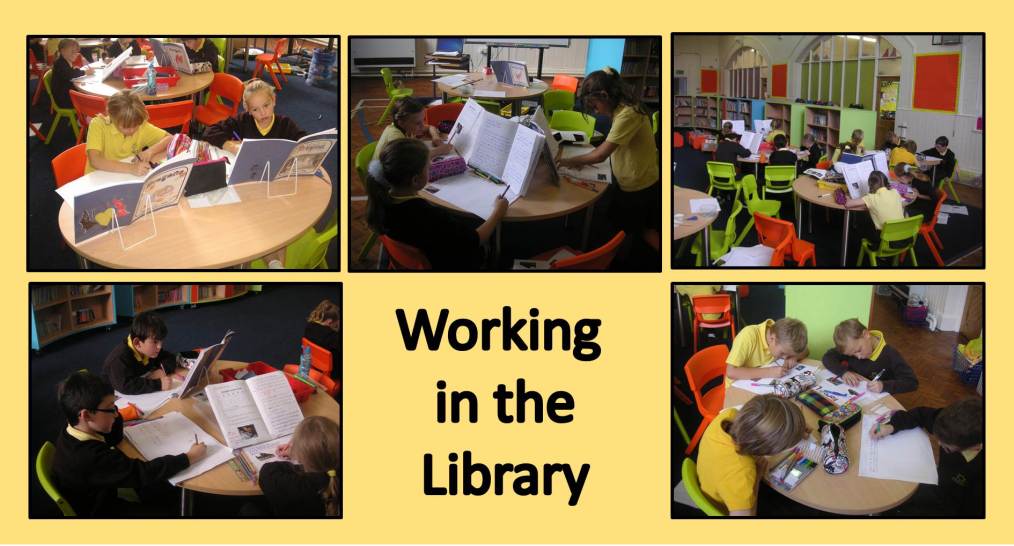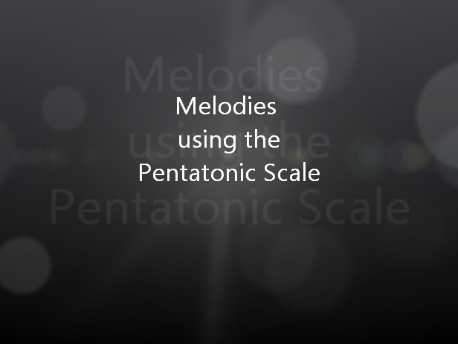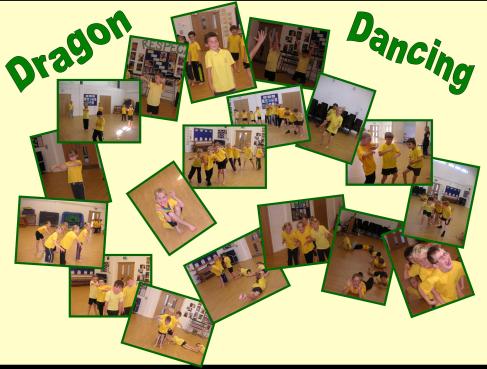This week’s lesson started with us recapping on the dribbling skills we had learned two weeks ago.
This week, we learned how to do the following:
- Blocking an opponent by turning our backs to them
- Blocking an opponent by dribbling the ball to the side
- Dribbling the ball to a jump stop
- Dribbling to a jump stop and the shooting at the basket hoop
We had to make sure our fingers were flexible to throw the ball. When we jumped to shoot the ball at the hoop, we had to take the power from the jump to help us.
We all enjoyed learning new basketball skills, even though we found dribbling the ball to a jump stop difficult.











